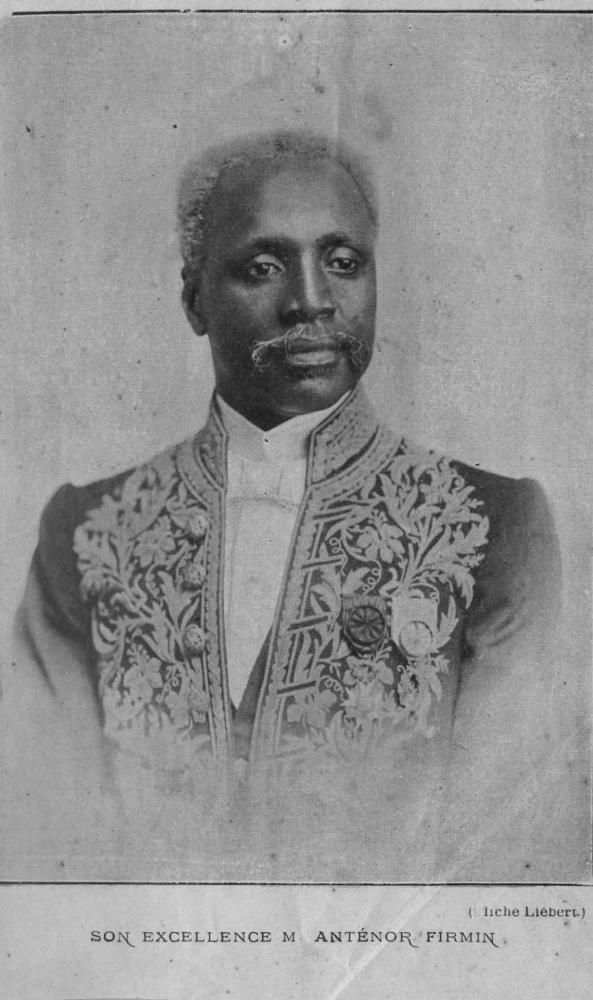I developed these ideas further in a related paper called “The Politics of Recognition and the Frankfurt School.”
Introduction
This paper takes up the theme of the relation between those articulating critique (theorists/scholars) and those suffering injustice (common agents). What should this relationship look like when both parties share common interests in the critique of society and in establishing the conditions for action? This paper is motivated by my discontent with how critical theory in particular deals with the “traditions of historical others.” This concern has been addressed by significant recent works in critical theory in the wake of movements for decolonization.1 Yet the overarching question remains: to what extent can critical theory construct a productive relationship with asymmetrically empowered moral and intellectual traditions?
To relate this approach to critical theory, I draw on the work of David Scott. I begin this essay by spelling out his critique and its relationship with critical theory — here understood as the tradition inaugurated by Max Horkheimer in his essay “Traditional and Critical Theory.” I indicate the ways in which Horkheimer’s construction of critical theory is susceptible to Scott’s line of critique. I then introduce other theorists who build on Horkheimer while providing us with additional resources to address Scott’s critique. I use the initial framing provided by the juxtaposition of Horkheimer and Scott to assess in turn the works of Adolfo Sánchez Vázquez, Pierre Bourdieu, and Nancy Fraser. I conclude by gesturing towards what these thinkers might offer us in response to Scott’s critique.
Continue reading “Critical Theory and the Traditions of Historical Others”


